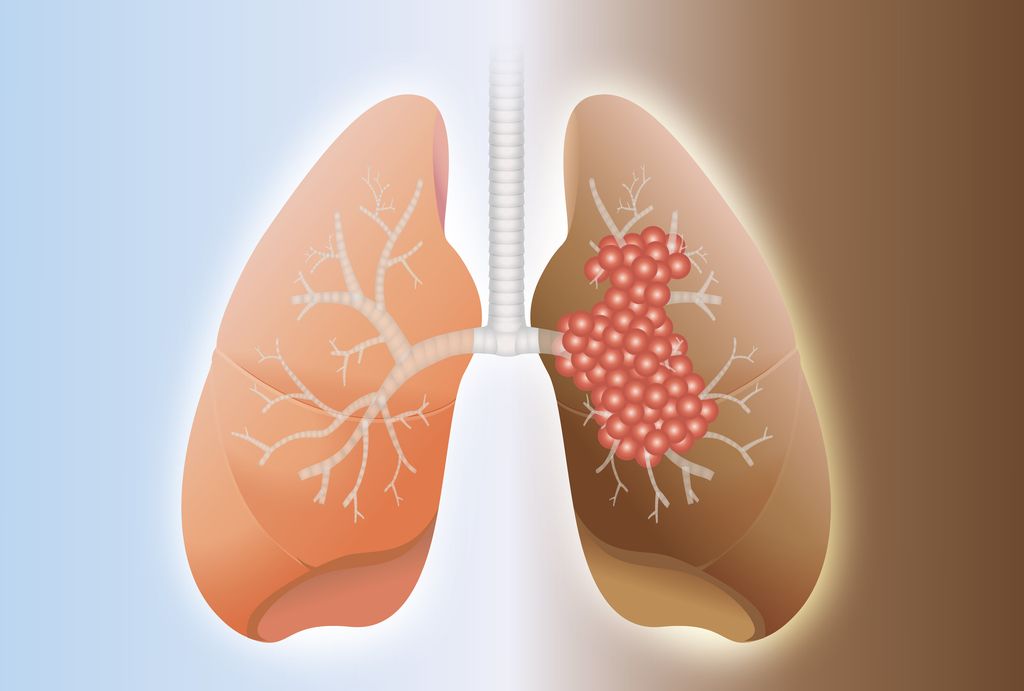Problems in Small Airways Can Be Common in Scleroderma and Should Be Checked, Study Says
Written by |

People with systemic scleroderma (SSc) can be prone to problems in the small airways, which can contribute to the cases of lung disease observed in this population, new research found.
Airway dysfunction can be detected by impulse oscillometry, a noninvasive and simple technique that measure airways resistance. The researchers call on clinicians to include this method as a complementary diagnostic tool when performing lung assessments in SSc patients.
The study, “Increased prevalence of small airways dysfunction in patients with systemic sclerosis as determined by impulse oscillometry,” was published in the journal Rheumatology.
SSc is an autoimmune disease characterized by the accumulation of scar tissue in the skin and various organs, including the lungs.
Lung involvement is one of the leading causes of complications and mortality in SSc patients. It is commonly seen on high-resolution computed tomography (HRCT) chest scans as abnormalities in the lung parenchyma (the lung tissue involved in gas exchange, including bronchioles and air sacs or alveoli) associated with interstitial pneumonia (a type of interstitial lung disease, ILD).
Other changes in the respiratory system have also been suggested as an indication of SSc-related lung disease, such as problems in the small airways.
However, dysfunction of these thin airways — defined as those less than 2 mm in diameter, including those taking part in gas exchanges — cannot be diagnosed using routine pulmonary function tests.
Recently, impulse oscillometry (IOS) has been proposed as a tool sensitive enough to detect impairments in these tiny airways. IOS is a simple and noninvasive method based on what’s called the forced oscillation technique, and suitable for both children and adults.
In IOS, sound waves are superimposed on normal tidal breathing, and the disturbances in flow and pressure caused by the waves are used to calculate the resistance to airflow, reflecting the efficient storage and return of energy by the lung.
This method can be used to assess obstructions in both large and small airways, and has been commonly used to measure airway resistance in people with asthma and chronic obstructive pulmonary disease (COPD).
This study’s main goal was to use IOS to investigate both the prevalence and the clinical implications of small airway dysfunction in people with SSc.
A total of 93 SSc patients and 94 healthy people (a control group) of similar age were enrolled at Ospedali Riuniti in Ancona, Italy.
Most patients (74.2%) had limited cutaneous disease, and the remaining one-fourth (25.8%) had diffuse cutaneous SSc (a more severe disease form that affects larger parts of the body). Their mean age was 57.1 years.
All underwent measurements using IOS, and potential links between this test, SSc clinical features, and the impact of a respiratory condition on patients’ overall health were analyzed.
Researchers also evaluated the presence of radiological signs on the latest HRCT chest scan of patients available before the study’s start.
IOS measurements detected small airway dysfunction in 21.5% of the SSc patients, with issues here almost five times more common than those found in healthy people (5.4%). The same tendency was confirmed after adjusting for differences in age, sex, and smoking habits between patients and controls.
The prevalence of small airways dysfunction was greater in patients with limited (26.1%) than diffuse disease (8.3%). The presence of such dysfunction was also significantly associated with worse respiratory-related quality of life.
HRCT findings were also consistent with small airways abnormalities in 25% of the patients, most of the time in the absence of interstitial disease.
Combining the functional indications of airway health given by IOS, and the radiological signs given by HRCT, a total 36.5% of SSc patients (34 of 93) showed at least one sign of small airway involvement.
Overall, the findings strengthen the notion that small airway dysfunction might be a feature and “a further, primary target of SSc-related lung involvement,” researchers wrote.
“A full assessment of lung function in SSc patients, as well as in other respiratory diseases, should include IOS as a complementary technique, as it appears to add relevant information on small airways pathophysiology [disease mechanisms] not captured by standard PFTs [pulmonary functional tests], but with potential clinical and therapeutic implications,” the team concluded.





